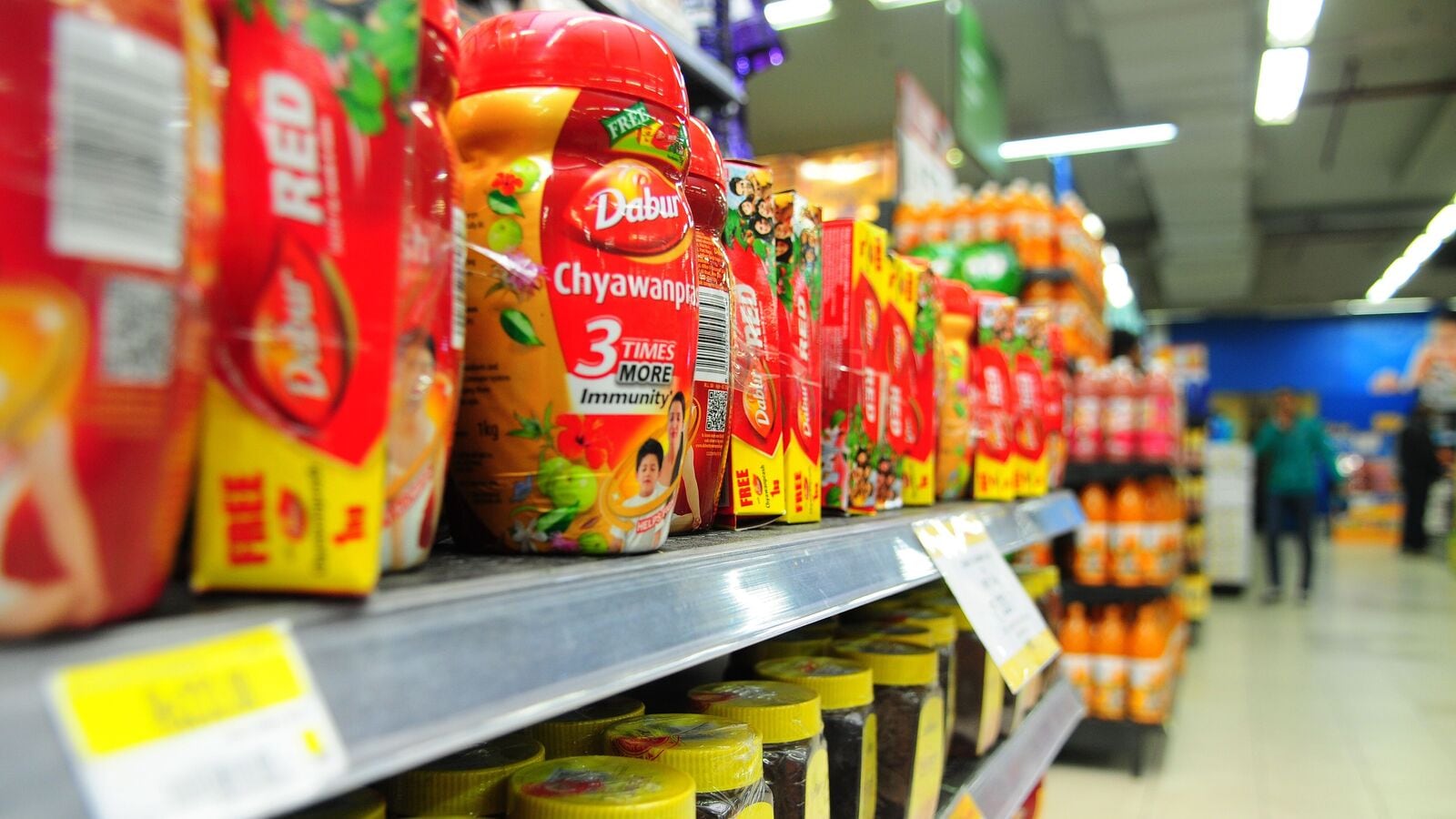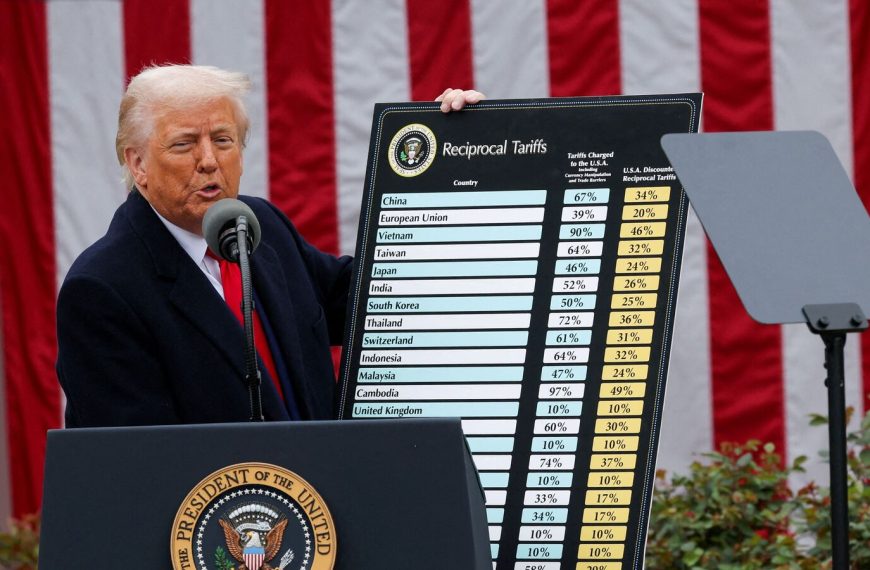Dabur India’s stock recently experienced a significant downturn, plummeting over 7% to reach a 52-week low on April 3, 2025. This drop followed a disappointing business update for the fourth quarter of FY25, highlighting weak demand in the FMCG sector and rising inflation, which has pressured profit margins.
Performance Disparities: Urban vs. Rural Markets
In its regulatory update, Dabur reported that rural markets performed better than urban areas in growth during the fourth quarter. While channels like modern trade, e-commerce, and quick commerce maintained their upward trajectory, traditional general trade faced challenges. The sluggish volume trends across the FMCG sector have adversely affected Dabur’s domestic performance.
- Rural markets grew faster than urban areas.
- E-commerce channels continued to show positive growth.
- General trade has remained under pressure.
Internationally, Dabur saw promising results in key regions such as the Middle East, North Africa, Egypt, and Bangladesh. The company anticipates robust double-digit growth in constant currency from its international operations, fueled by strong demand and strategic initiatives.
Domestic Challenges Impacting Revenue
Despite the success abroad, Dabur faces significant hurdles in its domestic FMCG segment. The company pointed to a late and shortened winter season and a decrease in urban demand as major factors affecting its sales. While its Foods division, which includes well-known brands like Hommade and Badshah, reported double-digit growth, the overall Indian FMCG sector is expected to see a mid-single-digit decline. As a result, Dabur’s consolidated revenue for Q4FY25 is anticipated to remain flat compared to the previous year.
Margin Pressures from Rising Costs
Dabur also projected a contraction of approximately 150-175 basis points in its operating profit margins year-over-year. This decline is attributed to ongoing inflationary pressures and operational inefficiencies. Despite these challenges, the company is committed to pursuing long-term profitable growth through strategic brand investments, improved market strategies, and operational optimization.
"Our focus remains on achieving profitable growth despite the current demand challenges. Our initiatives, including brand development and increasing operational efficiency, will be crucial. We expect that the incentives from the recent Union budget will help stimulate consumption and support a recovery in the FMCG sector, positioning Dabur to take advantage of this shift," the filing stated.
Market Response and Stock Performance
Following the business update, Dabur’s stock fell sharply by 7.2% to ₹459.65, marking its lowest point in a year. This drop puts the FMCG giant over 31% below its 52-week high of ₹672, reached in September 2024. Over the past year, the stock has declined by 7%, reflecting investor anxiety about demand and margin pressures.
The stock has shown volatility in recent months, gaining 4.5% in January, then dropping 7% in February, followed by a 2.6% recovery in March. This latest sell-off suggests growing concern among investors regarding Dabur’s short-term growth outlook.
In summary, as Dabur India navigates these turbulent waters, its focus on strategic investments and market adaptability will be critical for overcoming current challenges and reinvigorating growth.











